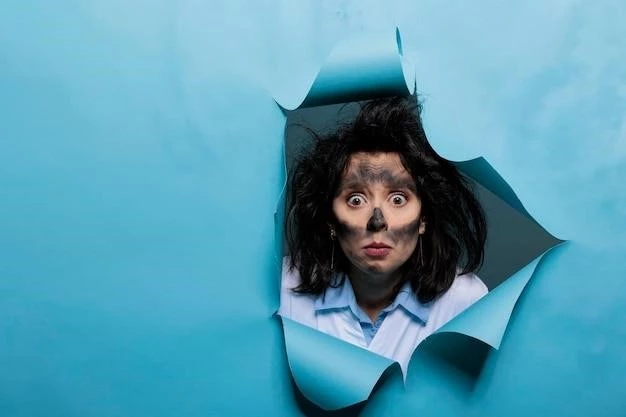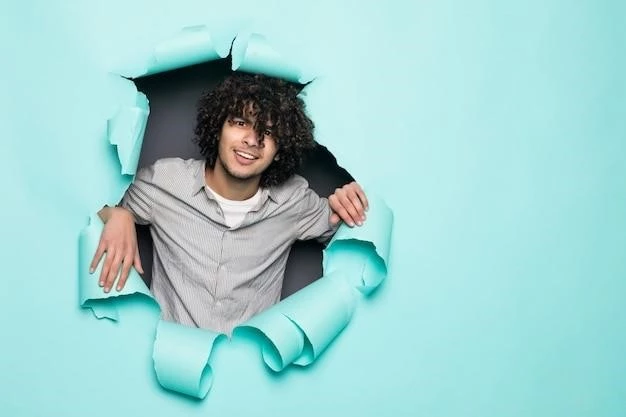Trypophobia: Fear of Holes
Trypophobia, derived from the Greek words “trypo” (hole) and “phobos” (fear), is characterized by an intense and irrational fear or aversion to the sight of closely packed holes or similar patterns. Individuals with trypophobia experience significant distress and discomfort when exposed to such imagery. While not officially recognized as a distinct mental disorder in the Diagnostic and Statistical Manual of Mental Disorders (DSM-5), trypophobia can significantly impact an individual’s quality of life.
Symptoms of Trypophobia
Trypophobia manifests in various ways, with symptoms ranging from mild aversion to severe anxiety. Some common symptoms include:
- Intense Disgust or Fear: The sight of triggering patterns evokes immediate and intense feelings of disgust, fear, or revulsion.
- Physical Reactions: Physical symptoms such as goosebumps, chills, sweating, itching, nausea, and even panic attacks can occur.
- Avoidance Behavior: Individuals often go to great lengths to avoid situations or objects that trigger their trypophobia.
- Psychological Distress: The fear and anxiety associated with trypophobia can lead to significant emotional distress and interfere with daily life.
Causes of Trypophobia
The exact causes of trypophobia remain unclear, but research suggests a combination of factors may contribute to its development:
- Evolutionary Factors: Some researchers propose that trypophobia could be an evolutionary response to patterns resembling those found in poisonous animals or skin lesions, serving as a warning mechanism.
- Visual Processing: Studies have shown that trypophobic images share visual characteristics with those that trigger discomfort in individuals without the phobia, suggesting a potential link to the way the brain processes visual information.
- Learned Response: It’s possible that trypophobia can be learned through negative experiences or associations with triggering patterns.

Treatment Options for Trypophobia
While there is no specific treatment for trypophobia, several therapeutic approaches used for phobias and anxiety disorders can be effective in managing symptoms:
- Cognitive Behavioral Therapy (CBT): CBT helps individuals identify and change negative thought patterns and behaviors associated with their phobia. This may involve gradual exposure to triggering stimuli in a safe and controlled environment.
- Exposure Therapy: Gradual and repeated exposure to trypophobic imagery can help desensitize individuals to their triggers and reduce anxiety over time.
- Relaxation Techniques: Techniques such as deep breathing, meditation, and progressive muscle relaxation can help manage anxiety and physical symptoms associated with trypophobia.
- Medication: In some cases, medication such as anti-anxiety medications or antidepressants may be prescribed to manage severe anxiety or depression associated with trypophobia. However, medication should be used in conjunction with therapy.

Living with Trypophobia
Living with trypophobia can be challenging, but there are ways to manage the condition and minimize its impact on daily life:
- Identify and Avoid Triggers: Recognize the specific patterns that trigger your trypophobia and try to avoid them whenever possible.
- Practice Self-Care: Engage in activities that promote relaxation and well-being, such as exercise, spending time in nature, or pursuing hobbies.
- Seek Support: Talk to a trusted friend, family member, or therapist about your experiences with trypophobia.
- Join Support Groups: Connecting with others who understand your condition can provide valuable support and coping strategies.
It’s essential to remember that trypophobia is a real and potentially debilitating condition. Seeking professional help from a qualified mental health professional is crucial for accurate diagnosis, personalized treatment, and effective management of trypophobia.










